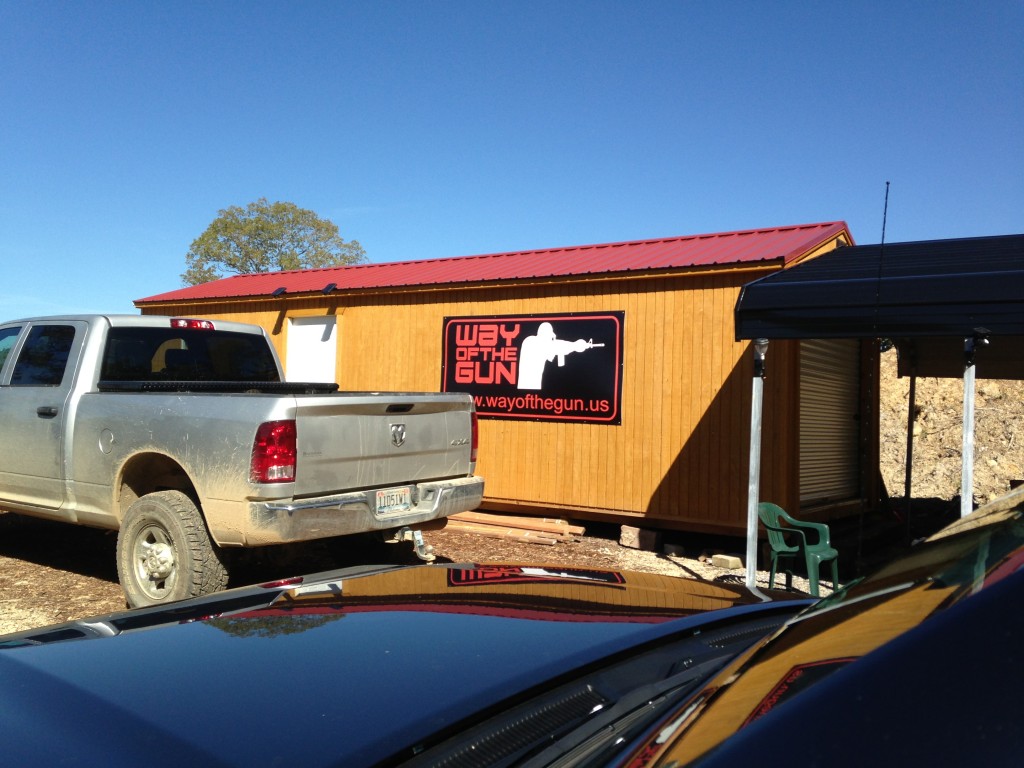Those who “sleep peaceably” in their bed must on occasion (and really short notice) rise to become “rough men ready to do violence” in defense of their castle. (Hat tip to George Orwell). Home invasion is perhaps the most frightening and dangerous of all violent crimes (it is committed out of public sight usually without fixed time/escape constraints and innocent occupants, often women and children, are rarely able to flee). It is becoming somewhat commonplace during daylight hours and at night in both urban and rural neighborhoods. Examples include two of the most horrific in memory, from Florida, (here) and (video here), one from Connecticut (here), one from Maine, an old one (here), and recent ones which ended in the death of a home invader (here) and (here), other recent ones, also very ugly, (here) and (here), and a routinely reported compilation of many in California (here). Finally, who can forget the single home invader who, for no apparent reason, brutally beat a New Jersey mother (video here) in front of her infant child? The spine chilling, heartbreaking details of these incidents provide good reality based scenarios for family drills training.
A home invasion commonly involves multiple malefactors who either didn’t anticipate the presence of occupant(s) when committing a residential burglary, or simply don’t care if the premises are occupied, because they have included in their criminal repertoire threatening deadly force or doing actual bodily harm, regardless of victim acquiescence. Home invaders often have violent criminal pasts, impersonate law enforcement, and carry weapons. Even if they enter unarmed, they easily find edged and impact weapons and other items (see above photo), which they can use to disable or restrain occupants or inflict lethal injury or great bodily harm. (Spoiler: Restraint of or forcing occupants into another room against their will likely constitutes an independent crime of false imprisonment, kidnapping, or other felony to which deadly force is ordinarily the indicated and lawful response).
My focus here is the MAY component of my deadly force paradigm (prior MSW post here), that is: Does the law permit the use of deadly force in defense of castle? Allow me to set up the MAY by first examining the use of defensive deadly force in a home invasion under the other components of my paradigm : CAN — SHOULD — MUST.
The CAN component should be easily answerable for those with basic home defense training and practiced shooting skill (close quarters pistol and making the “rescue” shot). It is your home, you are familiar with the layout, location of other occupants, areas of refuge, concealment and cover, and you have made preparation for a sudden, unlawful entry, including (when possible) emergency exfil of innocents. You know the location of defensive weapons (maybe you are wearing a handgun) and have planned for various scenarios. In addition, you have preselected ensconced positions of offensive and defensive superiority. You retain the element of surprise (because of CCTV, perimeter alarm with panel identifying breached sensor or zone, activated lights, motion detectors, or other device). Shooting will be likely be an engagement of less than 40 feet, with no uncertain intermediate barriers (you know which interior walls are wood, drywall, plaster, or concrete) or backstops. Innocents have been secured with you, or if not, they are hunkered in a known location. All of your defensive weapons, accessories, ammunition, untethered communication devices, and tactical and medical kit are on hand. Eye and ear protection may be deployed, time and planning permitting. If not here in your castle, where?
The SHOULD and MUST components are likewise easily analyzed, more so than in other self defense situations. The legally recognized sanctuary of your “castle” has been invaded. The presence of criminal-minded strangers who have made forceful entry often ends in great bodily harm or death, and such heinous crimes carry long prison sentences. Innocent lives (yours included) are clearly in extreme peril. Escape is often impossible or impractical, as an attempt to do so may put innocent life in increased danger. You have issued a verbal challenge or decided to do so would be tactically unsound, and have a target at gunpoint or are at your favorite ready position. The home invaders are now aware the castle is occupied and their presence is known, but have chosen not to make a hasty exit. If not now, when?
Here’s my take on the MAY, based on what I perceive to be a consensus of state laws applied to the scenario outlined above. Force, but not deadly force is allowed when necessary to eject a simple trespasser from real property. Deadly force is rarely permitted in the defense of real property. (Notable exceptions are to prevent the setting or hurling of incendiary/explosive devices). However, property crimes which include unlawful entry, that is, burglary, of occupied residential premises or home invasion robbery are not treated as mere property crimes. This is because they include unlawful use of force or threat of unlawful force against persons. In recognition of that, the law usually allows deadly force to be used to terminate the commission of such crimes without assessment of the victim’s belief or the imminence of the threat of death or great bodily harm.
When confronted with criminal threatening actors, deadly force is also usually permissible when a reasonable person would believe it to be necessary to protect against unlawful deadly force (force likely to cause death or great bodily harm) being used against an innocent. (State law may limit the defense of others defense to persons to whom one owes a duty of protection or to one who bears a certain blood relationship). It is my opinion that a home invader who refuses to promptly leave upon discovery, especially upon an invitation at gunpoint to do so, is an imminent lethal threat whether armed or not.
The is no duty to retreat within the premises of one’s “castle” nor to undertake an attempt to escape to the outdoors, before otherwise lawful deadly force may be employed. Contrary to widely-held belief, unless case law has imposed an offbeat requirement, neither a breach nor actual entry into the castle need occur to justify the use of deadly force. Nor is there a requirement the home invader be found inside the castle threshold to support a defense of justification or self defense.
Some states have adopted a so-called Stand Your Ground provision or expanded the “no retreat” castle rule beyond the defender’s permanent residence. The perimeters of the “castle” may include a fenced yard, carport, unattached or attached garage or other structure, lawn, patio, porch. Statute or case law may also expand the “castle” definition to include business/place of employment premises, a hotel/motel room, mobile home, or vehicle. Several are fashioned after Florida law, and may include Florida’s provision which supplies presumptions that a home invader who has made unlawful entry by force is presumed to intend an unlawful act of force or violence, and the defender’s fear of imminent peril of death or great bodily harm is reasonable.
A frequent question asked about castle defense is whether there is a duty to retreat and/or cease the use of force once the malefactor is downed/wounded or for some other reason no longer appears threatening. Many believe that is the prudent course of action regardless of what the law allows. State statute or case law on use of force may supply the legal answer if there is a reasonableness or actual necessity requirement on the use of force. (This would be analogous to the constitutional prohibition of “excessive force” by LEO’s). A consideration which muddies the issue is whether the castle defender has the ability to take and hold one or more potentially non-compliant criminals at gunpoint. (A very dangerous undertaking for a single armed defender). An Oklahoma case involving a pharmacy robbery comes to mind on this issue (here). The defensive use of deadly force (which resulted in conviction of the defender) was videotaped (here).
Do check your state’s statutes on use of deadly force with focus on locations where retreat is not required and whether the law provides presumptions in favor of a defender. Also see how the law is explained to juries in your state’s pattern criminal jury instructions when self defense or justification for defensive use of deadly force is asserted. One internet place to find links to state self defense laws (in force and pending legislation) is here. If you wish to purchase a book devoted to the law of self defense, consider attorney Andrew Branca’s widely-respected work (here).
“It’s an ugly world out there” is a common saying. Sometimes ugly comes inside. If it does, you will not have to divert from the warrior mindset and sound defensive tactics. Thankfully, the law is on your side if you are forced to employ deadly force to defend your castle.

















